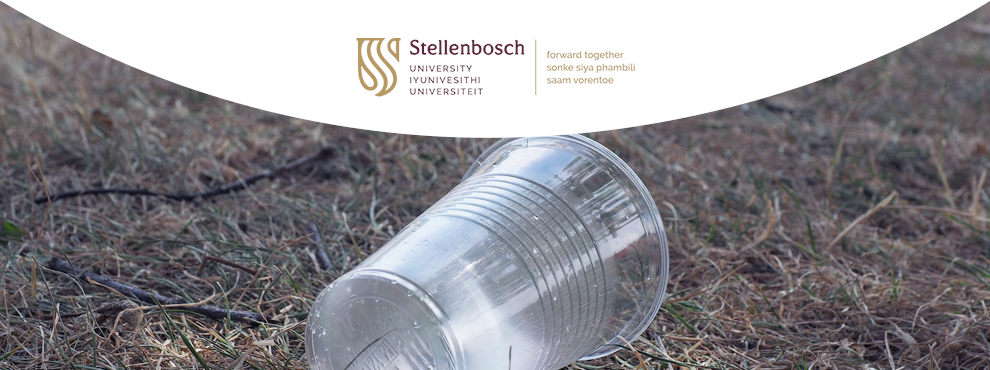Play your part
Reduce this way
Reuse this way
Stellenbosch University has made the following arrangements for the reuse of waste:
Recycle this way
| E-waste |
|---|
|
E-waste – or electrical and electronic waste – includes everything from old kitchen appliances to computers and cell phones. These items are recyclable, but do sometimes contain hazardous materials which must be reduced in a safe manner. The hazardous materials must be disposed of correctly as it poses an environmental risk. The Information Technology (IT) division is responsible for the safe disposal of e-waste on campus and the recycling thereof in the correct manner. All environments on campus that generate e-waste must ensure that nothing accumulates in storage areas. Contact the IT division for the transportation of all e-waste to a central storage area where it will be dealt with correctly and recycled. There are also delivery points for e-waste at the Facilities Management building. The IT division does the following: IT stores the e-waste whereafter it is collected by a specialist company and disposed of via the correct methods.
It can be repaired and upgraded for use by someone else.
It can be taken apart for the reuse of certain of the materials, e.g. metal, plastic, glass and other materials, for the manufacturing of new products or for decorative art.
The e-waste stream:
|

